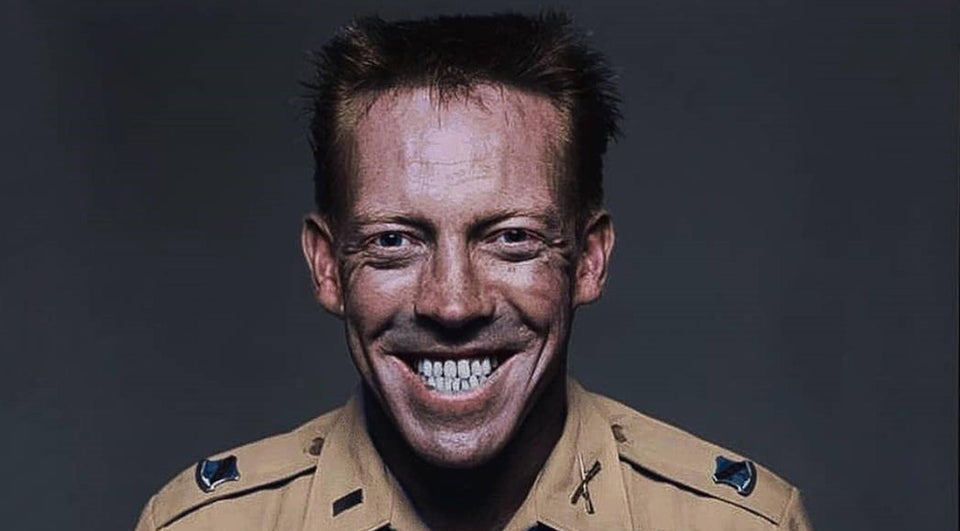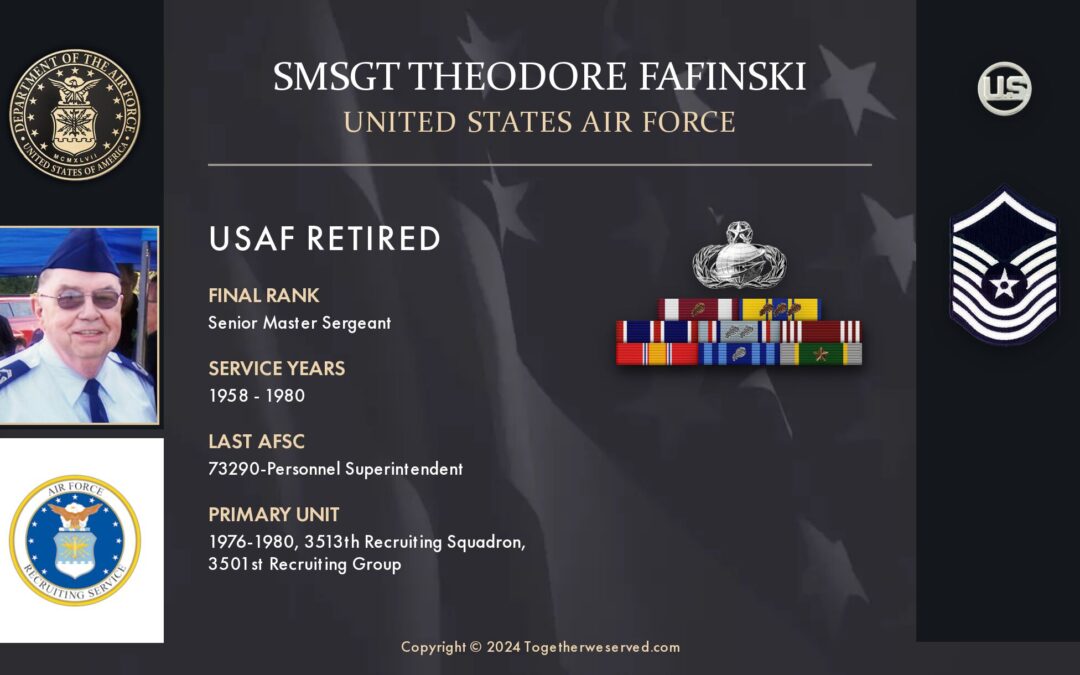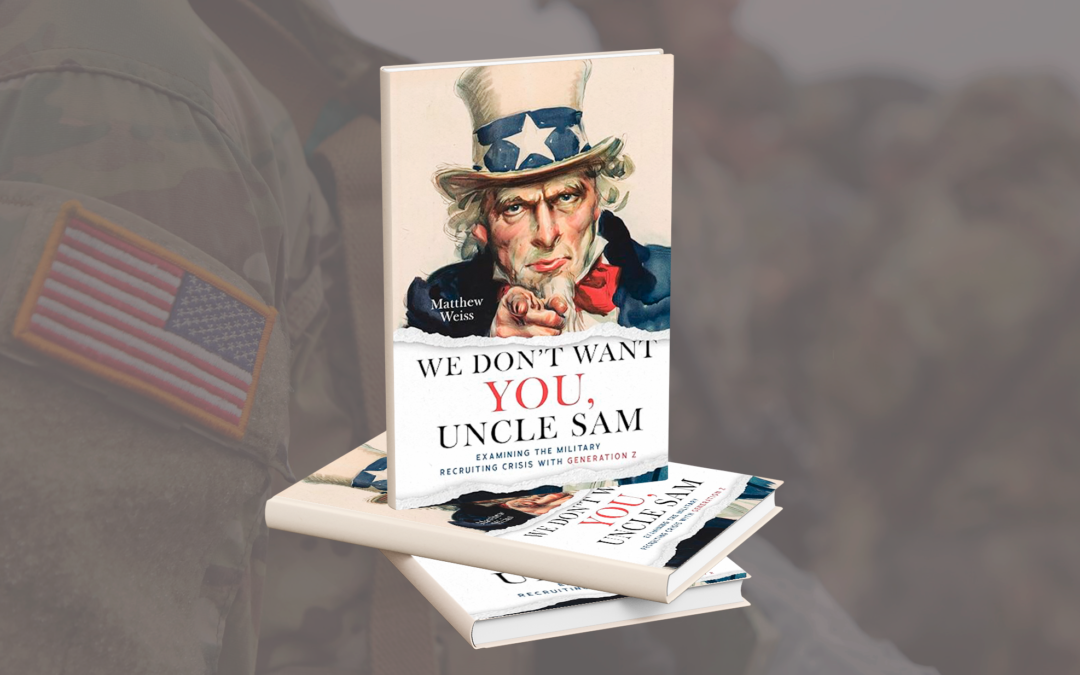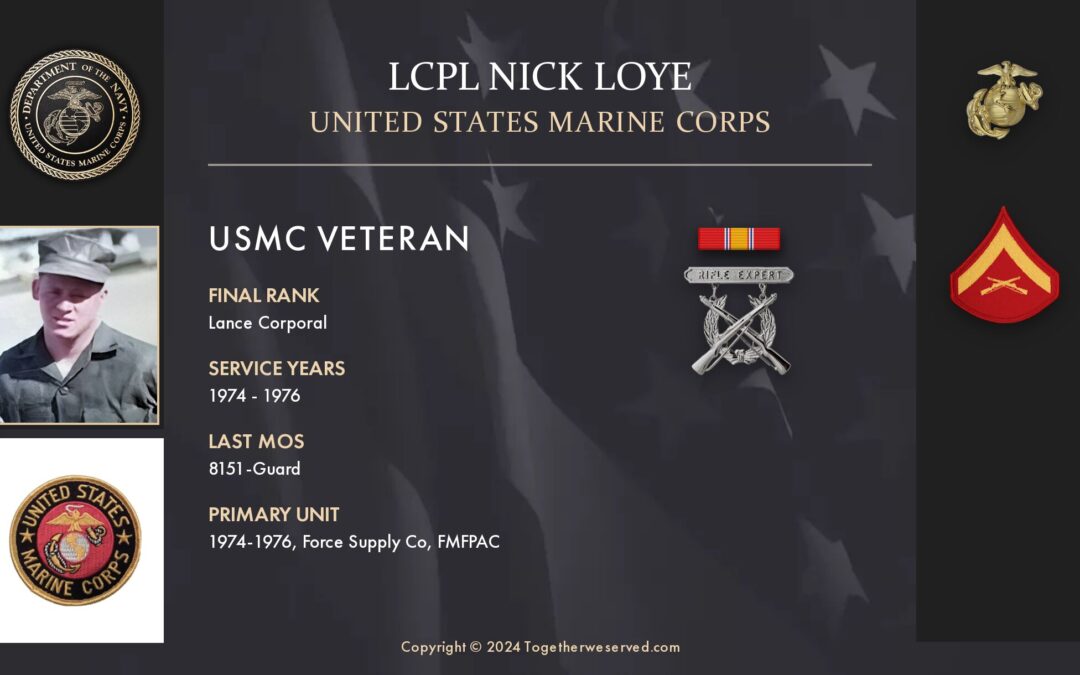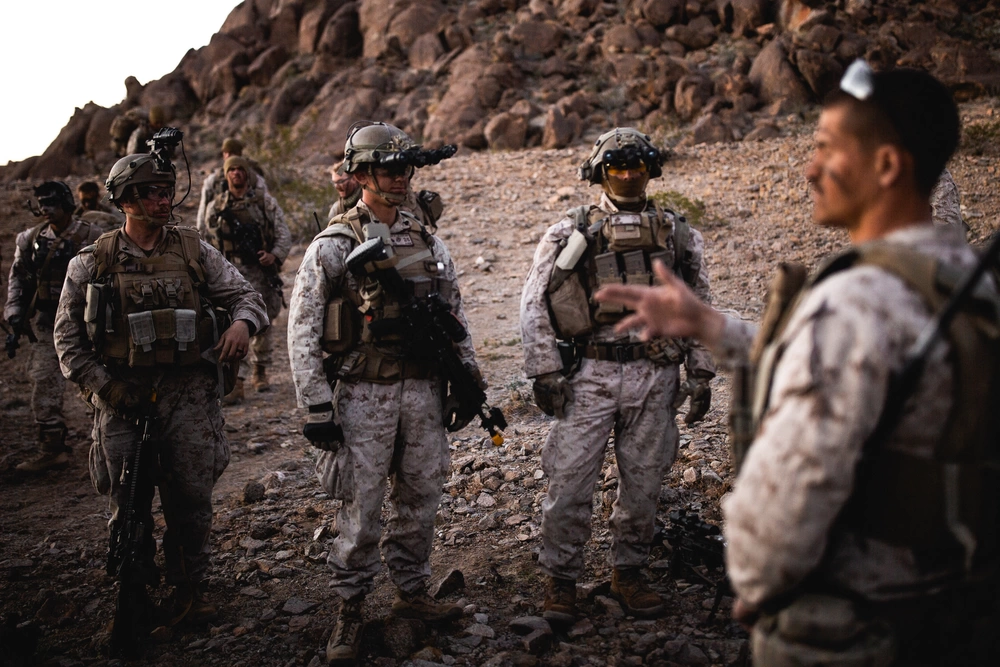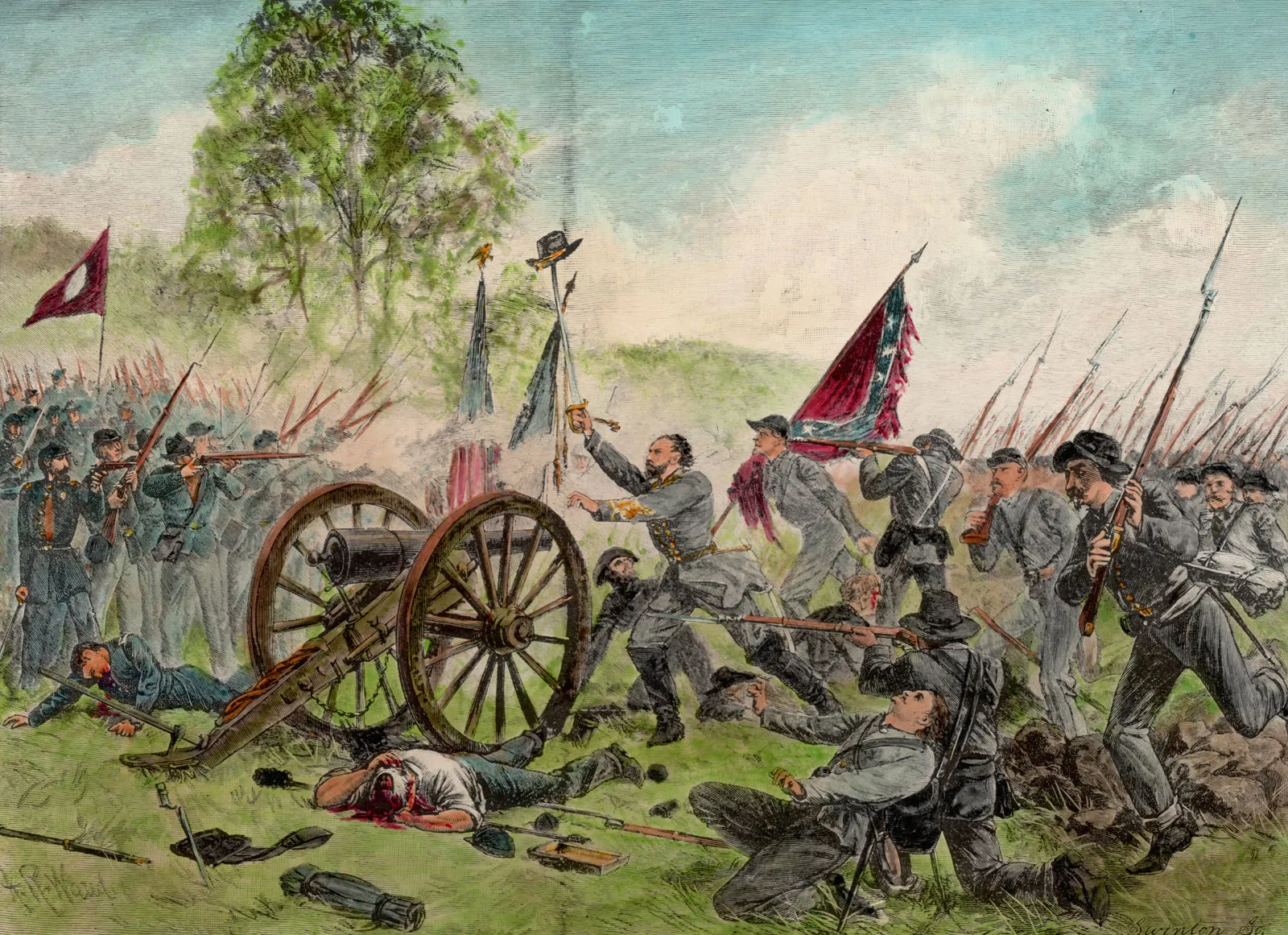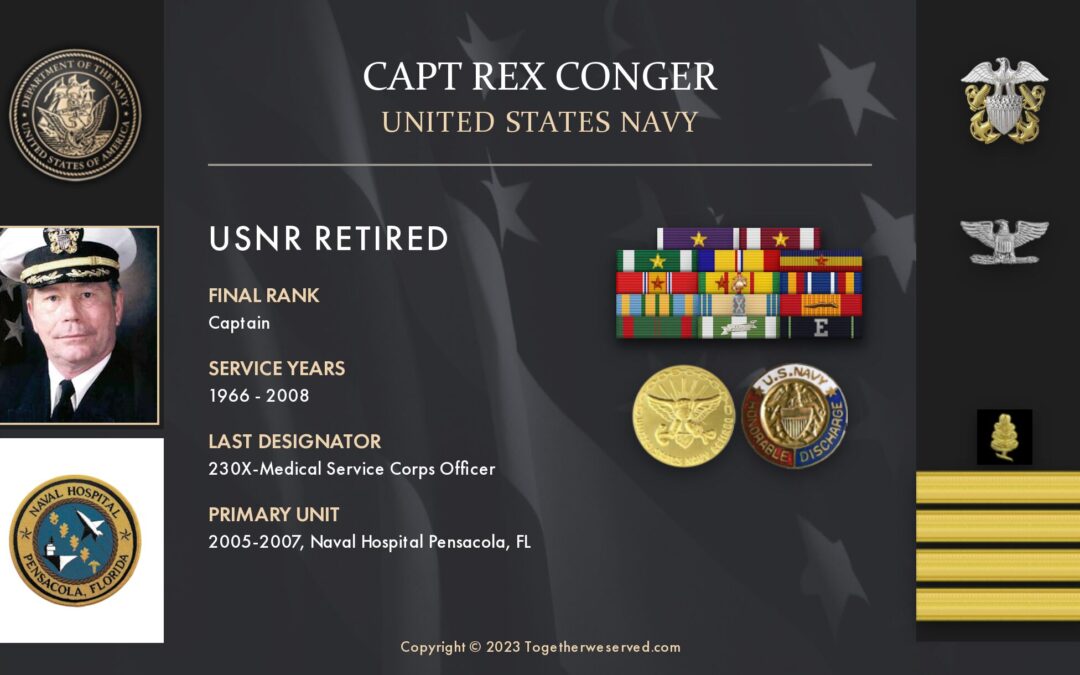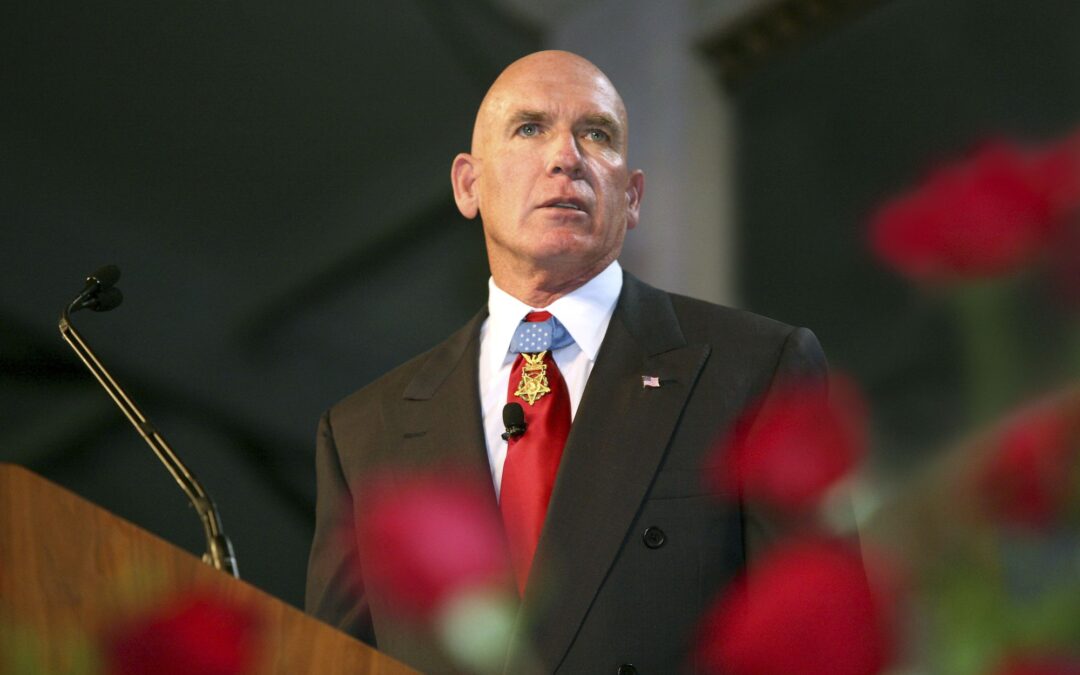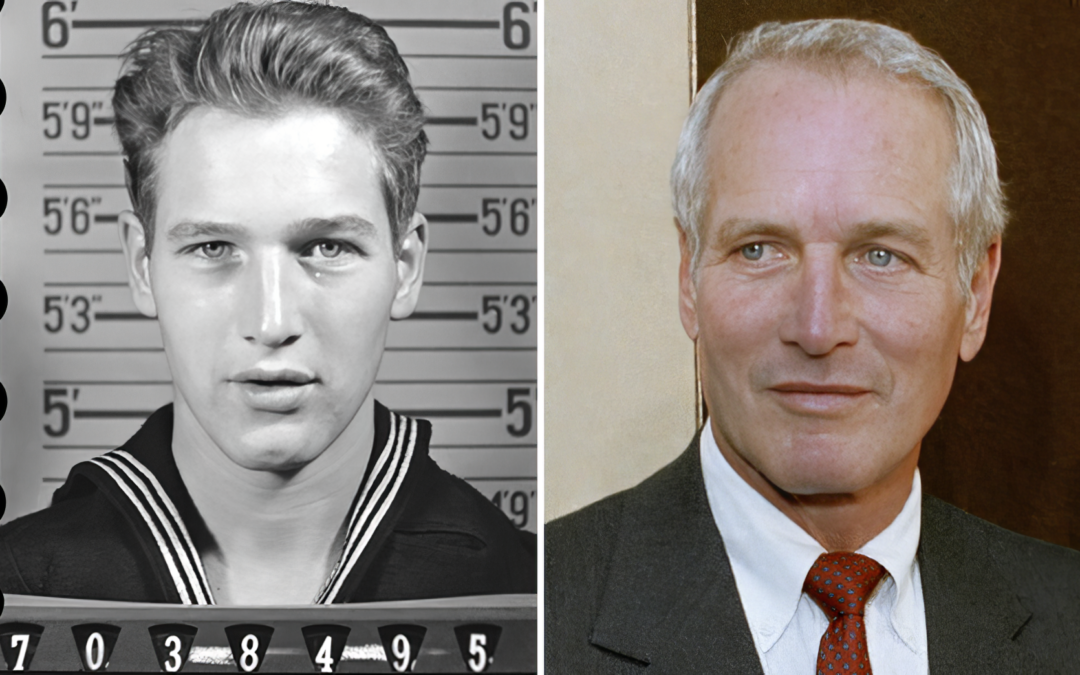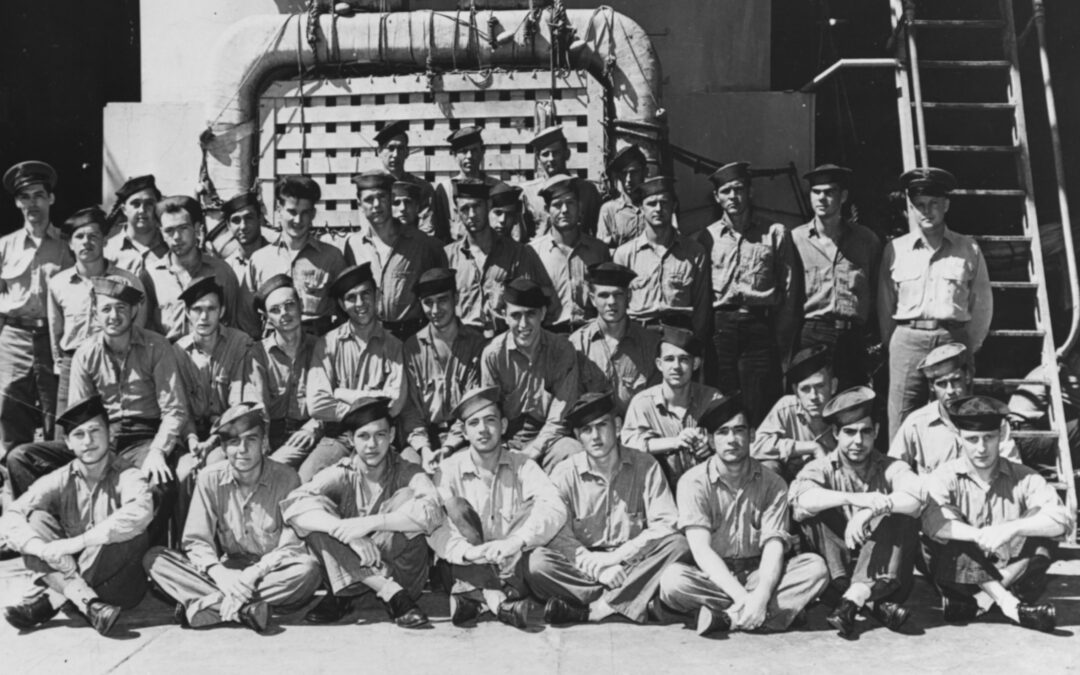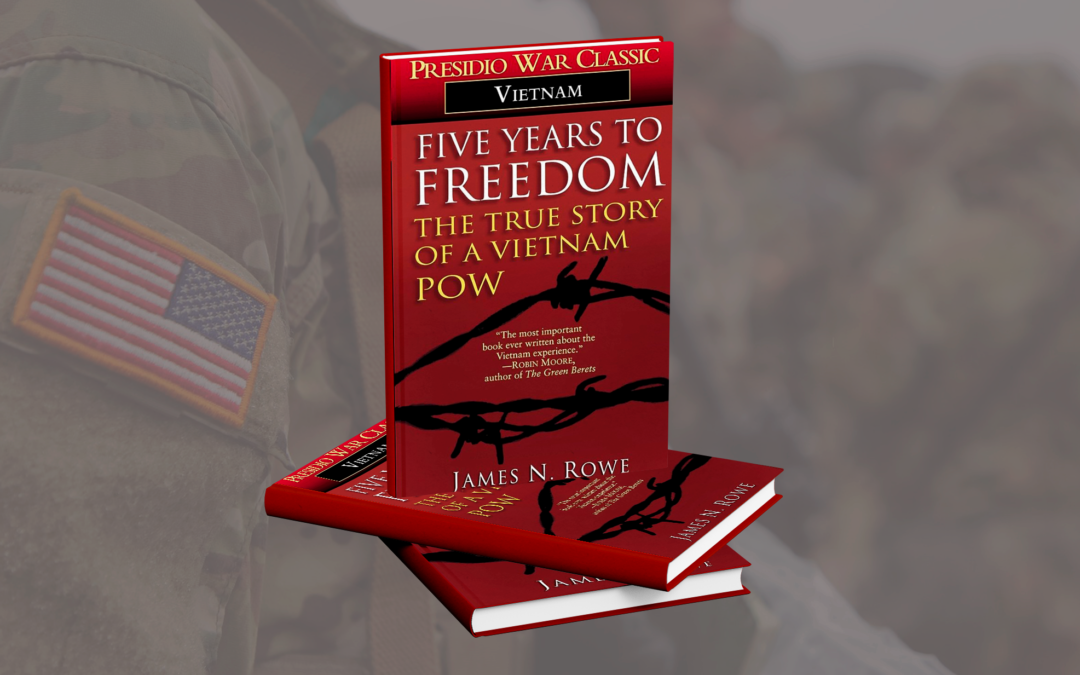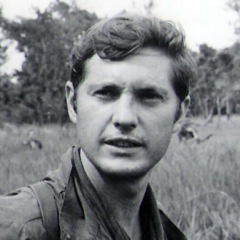Joe Ronnie Hooper had his share non-judicial punishments (authorized by Article 15 of UCMJ), racked up 115 confirmed kills and was awarded the Medal of Honor. He was also one of the most decorated soldiers in American international combat. Joe Hooper's Early Life Born in the summer of 1938 in South Carolina, Joe Ronnie Hooper was relocated as a child to Moses Lake, Washington where he attended Moses Lake High School. Originally a Navy man, Hooper first enlisted in December of 1956. After...
